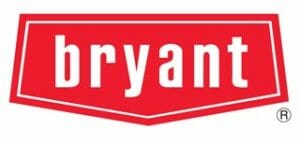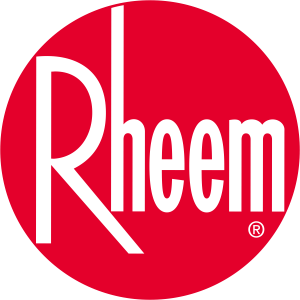Does your furnace need to be repaired?
Our team of skilled furnace repair technicians is readily available to assist you in your home. However, before scheduling a visit, we recommend going through this Quick checklist to help you prevent additional expenses and unnecessary frustration
- Is your thermostat set to “heat”?
- Is your furnace switch set to “on”?
- Is the circuit breaker tripped?
- Check the vents and registers for any blockage?
- Is it time to replace your furnace filter?
- Is your pilot light turned on?









